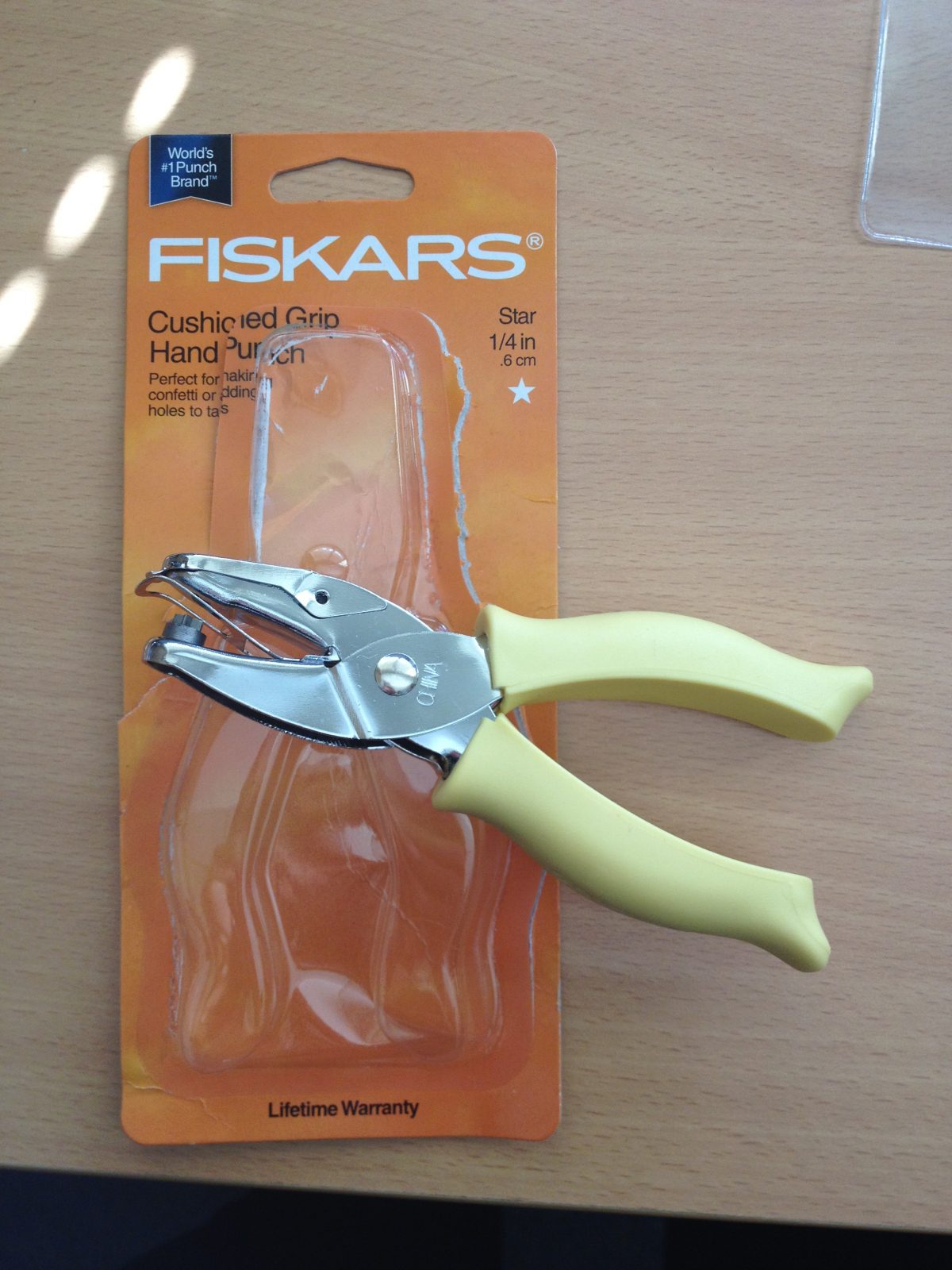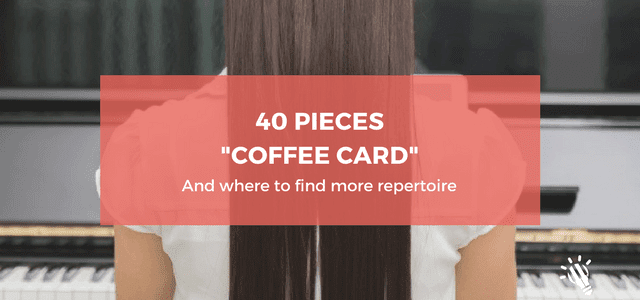As you already know, I’m a huge advocate for having my students learn as many pieces as possible each year, with a studio benchmark of 40 pieces for all students.
In fact, I have no hesitation in saying that playing LOTS of repertoire is probably the most crucial element in a music student’s development and I’m reminded whenever I get a transfer student just how important this is.
How many times have you taken on a student who, while they may have been learning for 5 years, is still struggling to read at even a basic level purely because they only learnt 3-5 pieces each year previously? It’s happened to me four times in the last 6 months which reminds me of how important it is that we spread the word about introducing students to large amounts of repertoire in order to improve their sight reading, stylistic interpretation, rhythmic comprehension and general musical ability.
I’ve been really excited by how many other teachers have taken-up the 40-piece challenge after my blog post was published in the Australian Piano Teacher’s Magazine published by Hal Leonard at the end of last year. There is now a 40 piece challenge website to which I encourage everyone to contribute comments and ideas as the year progresses. There is already lots feedback from teachers on the website and some great ideas too.
After reading about one teachers’ idea for keeping track of her students’ pieces with a “coffee card”, I decided to make one up myself. The students reckon it’s a great idea and much more fun than writing down the title and composer of each piece as they learn them.

You can download the doc file here if you’d like to modify it for your own students.
For students who have an A4-sized notebook that’s bigger than the card, I get them to glue the coffee card page onto a separate A4 piece of card and cut around the edges so that it’s the same size.
Of course, you need lots of repertoire on-hand if your students are going to complete this challenge and asking parents to suddenly buy 10 new books when they’ve previously only bought one might be a bit of a hard sell.
For this reason, I like to use compilations like Elissa Milne’s “Getting to…” series, and some of the great compilation books by Dan Coates and Dennis Alexander which have lots of music in them.
The “Joy of First Classics” is another gem for lots of easy classical arrangements. I also like the new Piano Adventures Sight Reading books – I count one week’s worth of effective sight reading as one piece on the card (make sure you pick a piece to hear and/or quiz them on!). You can also use method books and books like Czerny Op 823 or Czerny Op 777 which is a whole compilation of pieces that sit under 5 fingers in the RH – great for easy reading and learning. Also try duets – these are great fun for student and teacher (check out my post on Diabelli Duets).
In addition, there are plenty of places to find free legal sheet music online. Most people are aware of IMSLP.org, but did you know about sites like these?
Beginner Piano Music (music-for-music-teachers.com)
There are plenty more out there – just Google it! You can also check the links down the left sidebar of my blog.
Remember, the pieces don’t have to be at the student’s ‘current level’ to count. It’s just about reading as much as possible. I love giving 5 of these beginner level pieces each week to my more advanced students to keep up their sight-reading and rhythmic comprehension.
Every extra piece counts. Students become more confident, better readers and start trying a wider range of music. Even if you don’t want to jump to 40 pieces right away, at least try doubling your current number and check out the impact.

Heidi says:
Tim, the dropbox link for the doc file of the coffee card is not working.
Tim Topham says:
Sorry about that Heidi. Here’s the link again and I’ve updated it in the article. Thanks for letting me know 🙂
https://www.dropbox.com/sh/p4be6fdi5n8wfuk/AAA8eq3hYs6Qp5ztULSBpBGRa?dl=0
Daniel says:
Hi Tim,
Just wondering if you know any piano teacher here in Brisbane who implements the same teaching philosophy as you do? I really want my son to improve in his sign reading and I’m looking for a teacher who includes it in their teaching. Thanks.
Tim Topham says:
Hi Daniel. I’d try two people: Daniel McFarlane (google Supersonics Piano) and also check out Forte Music Schools – it’s owned by a very good friend of mine who is a fantastic teacher with similar ideals 🙂
Rebecca Ly says:
Hi Tim,
I wrote a post a while ago on my own blog about the ‘reward’ or the free coffee after four pieces. I had an idea to have a reward after ten pieces and that was to either 1. host a mini piano recital in the student’s house where the student is allowed to invite teir friends and family, they are also allowed to perform their pieces in front of their friends. OR alternatively to record the ten pieces, have them design their own cover art and burn them the CD so that they would have their own music album.
I don’t know if you decided on your reward but I had another idea that came to me: go to a local coffee shop, ask them if they would be interested in assisting with local business by giving free hot-chocolate or babychinos (as kids don’t usually drink coffee) in exchange for promotion (print their logo on the coffee card) and also add that these are children so it is very likely that their parents will buy a coffee for themselves. If they are not cool on giving things for free, consider pre-paying a few beverages and ask if it’s OK for a discount. Just an idea.
Rebecca
Grace Miles says:
Hey Tim! This is a GREAT idea. For all the reasons you’ve outlined above, and just because it’s fun to learn new pieces. Everyone probably has a favourite movie/TV show theme that they want to learn. Thanks for sharing! Let us know how it’s going! 🙂
My Middle Year Resolution | says:
[…] Tim Topham has devised something very clever – a 40 pieces a year coffee card. I’d like to extend that – for every ten pieces, there is a reward (much like when you have free coffee in a cafe after buying so many.) The reward is a piano party – kids can arrange a time to have pizza or dinner, invite a few relatives or friends (or friends who belong to the studio’s piano club) and play those ten pieces to such people! For those who are shy, I wouldn’t mind recording those pieces and having the student design the album art to their own personal CD. […]
Miss Mac! says:
Hi, TT….a WOW of an idea, and no wonder it’s taking off! Keep us posted, won’t you? ciao…RR
christinabarrie says:
Every teacher should read this article – it’s SO true! I see it all the time with transfer students I inherit.Thanks for posting,Tim…Christina